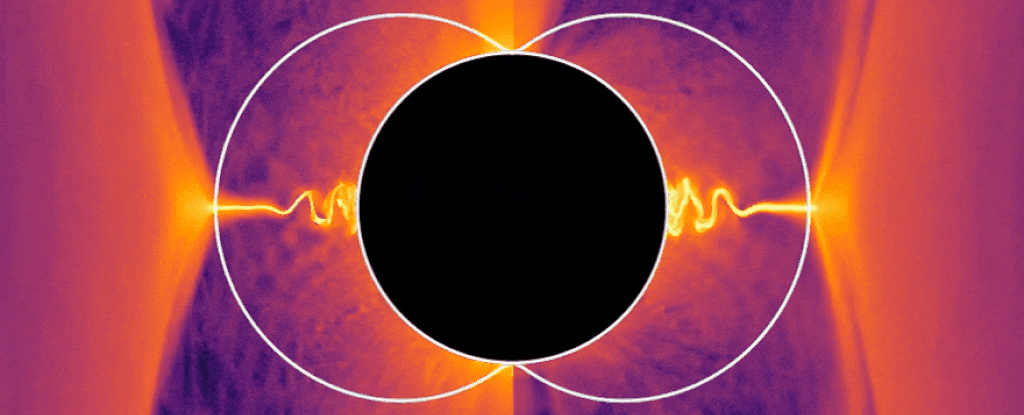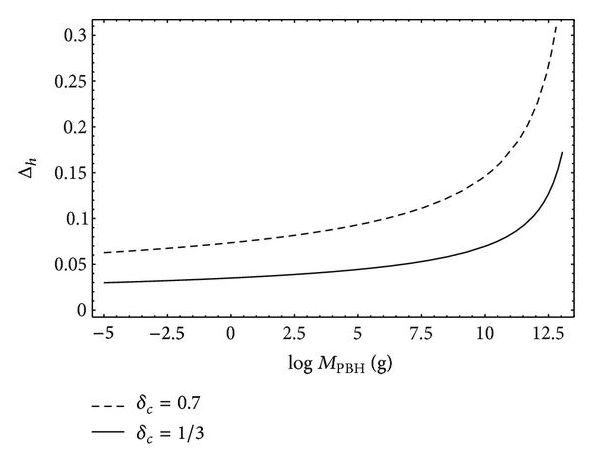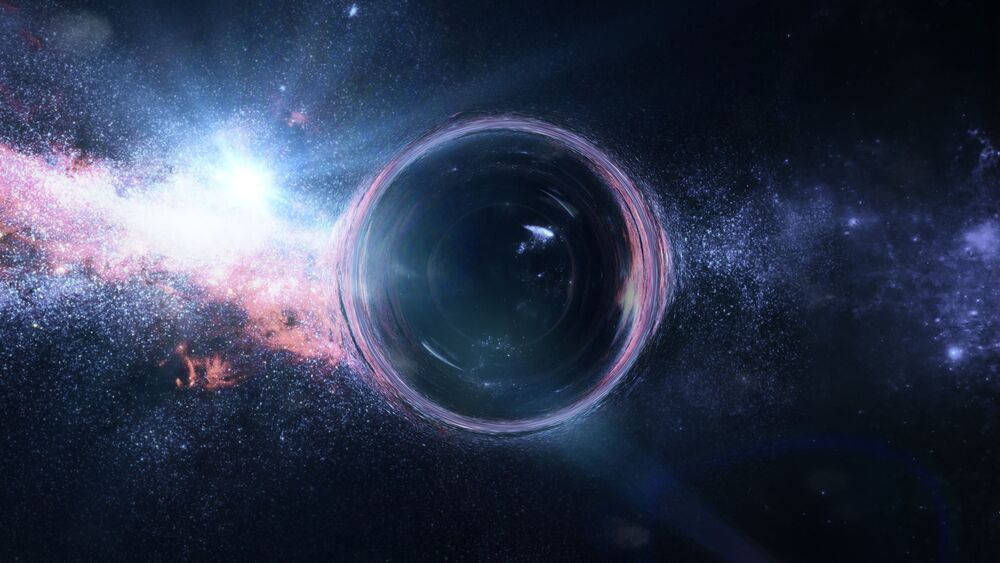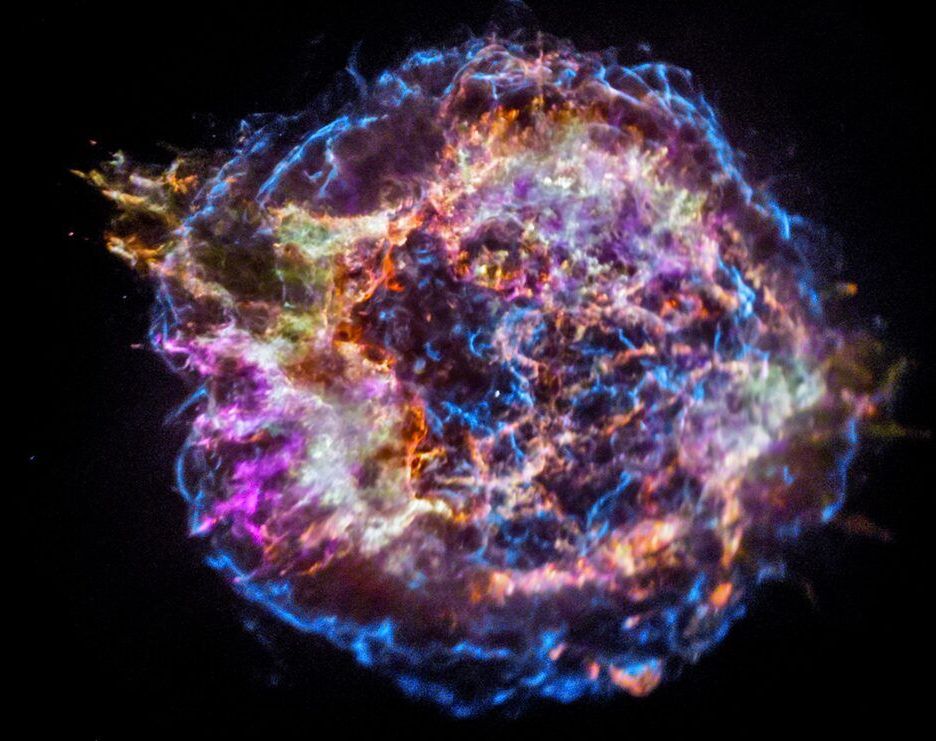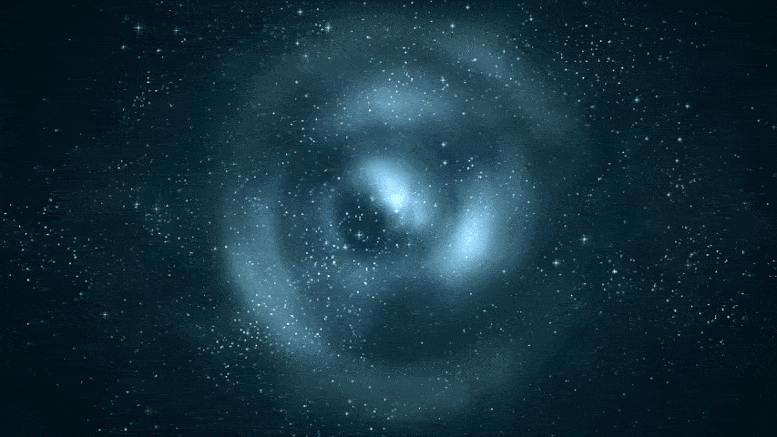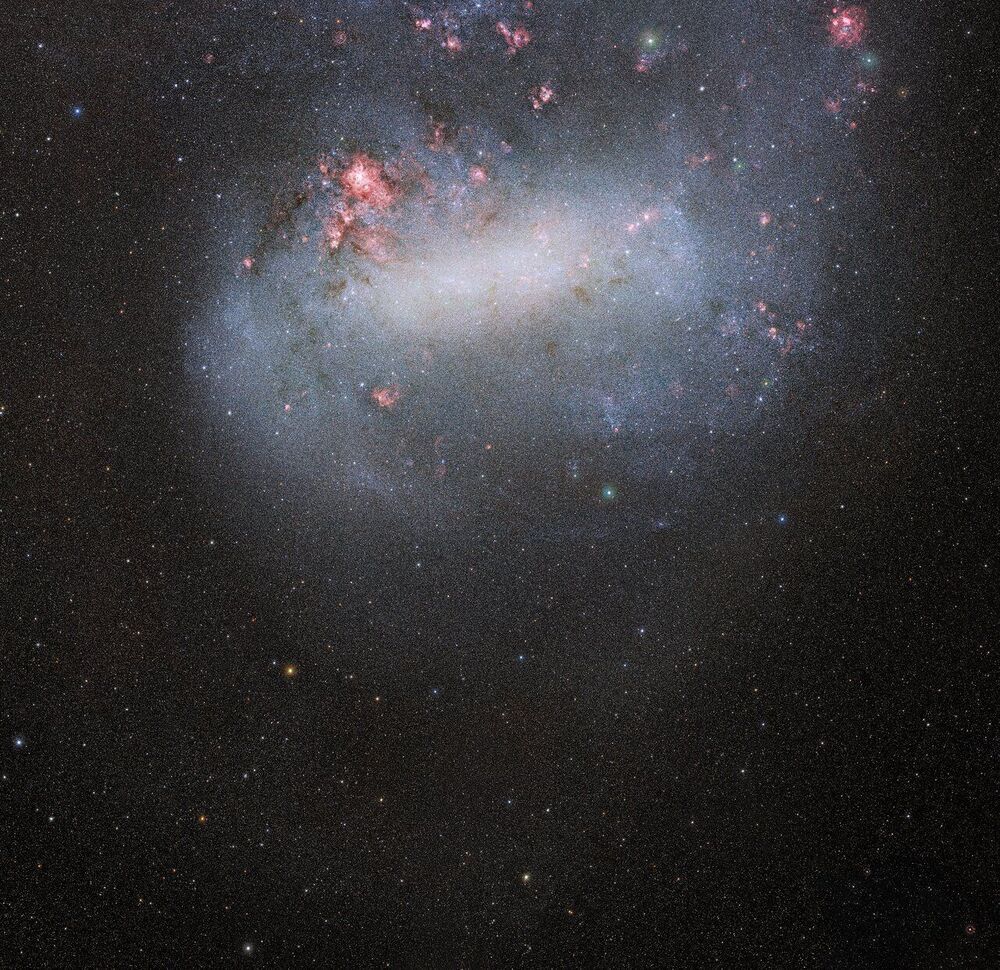Fast spinning black holes could have features different from those predicted by general relativity.
General relativity is a profoundly complex mathematical theory, but its description of black holes is amazingly simple. A stable black hole can be described by just three properties: its mass, its electric charge, and its rotation or spin. Since black holes aren’t likely to have much charge, it really takes just two properties. If you know a black hole’s mass and spin, you know all there is to know about the black hole.
This property is often summarized by the no-hair theorem. Specifically, the theorem asserts that once matter falls into a black hole, the only characteristic that remains is mass. You could make a black hole out of a Sun’s worth of hydrogen, chairs, or those old copies of National Geographic from Grandma’s attic, and there would be no difference. Mass is mass as far as general relativity is concerned. In every case the event horizon of a black hole is perfectly smooth, with no extra features. As Jacob Bekenstein said, black holes have no hair.
But with all its predictive power, general relativity has a problem with quantum theory. This is particularly true with black holes. If the no-hair theorem is correct, the information held within an object is destroyed when it crosses the event horizon. Quantum theory says that information can never be destroyed. So the valid theory of gravity is contradicted by the valid theory of the quanta. This leads to problems such as the firewall paradox, which can’t decide whether an event horizon should be hot or cold.

